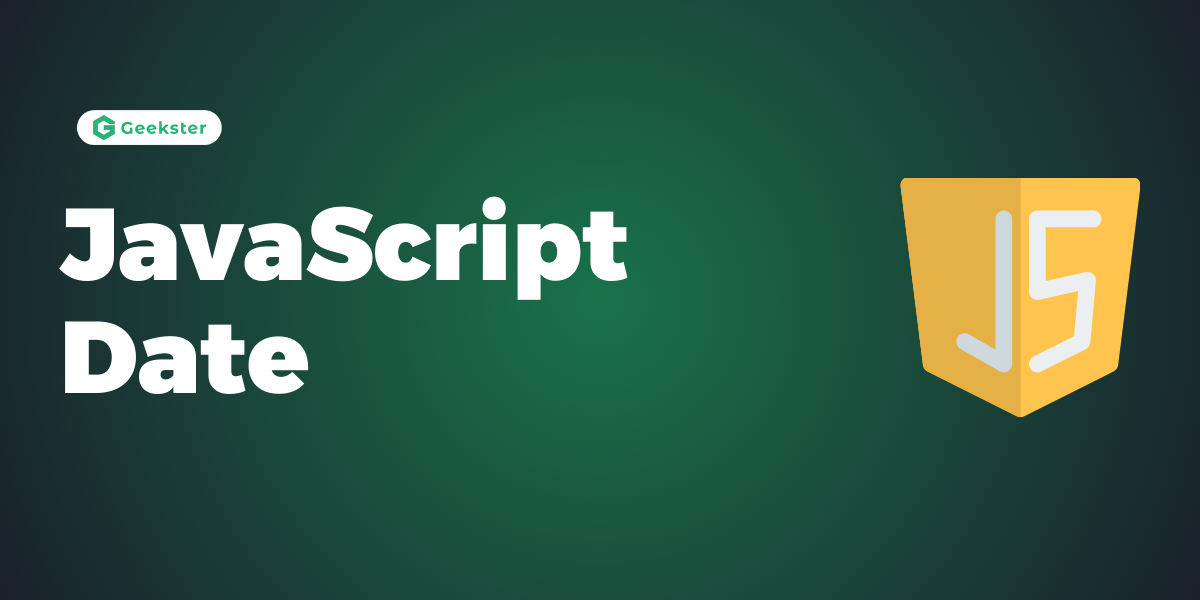In JavaScript, handling dates and times is an essential aspect of many applications, ranging from simple date display to complex time-based calculations. JavaScript provides a built-in Date object that offers extensive functionality for working with dates, times, and timezones. In this article, we’ll embark on a journey to understand the Date object in JavaScript, exploring its syntax, methods, common use cases, and best practices.
Introduction to the Date Object in JavaScript
The Date object in JavaScript represents a specific moment in time, providing methods for creating, manipulating, and formatting dates and times. You can create a new Date object using one of several constructors or by passing various parameters, including year, month, day, hour, minute, second, and millisecond.
Creating Date Objects in JavaScript
Let’s start by creating a new Date object using different constructors:
const now = new Date(); // Current date and time
const specificDate = new Date('2023-10-15'); // Specific date
const customDateTime = new Date(2023, 9, 15, 12, 30, 0); // Year, month (0-indexed), day, hour, minute, secondThese examples demonstrate different ways to create Date objects representing the current date and time, a specific date, and a custom date and time.
Retrieving Date Components
JavaScript’s Date object provides methods for retrieving individual components of a date, such as year, month, day, hour, minute, second, and millisecond:
console.log(now.getFullYear()); // Current year
console.log(now.getMonth()); // Current month (0-indexed)
console.log(now.getDate()); // Current day of the month
console.log(now.getHours()); // Current hour
console.log(now.getMinutes()); // Current minute
console.log(now.getSeconds()); // Current second
console.log(now.getMilliseconds()); // Current millisecondFormatting Dates in JavaScript
You can format dates and times in various ways using the toLocaleString() method or by constructing custom date strings with getFullYear(), getMonth(), and other methods:
console.log(now.toLocaleString()); // Formatted date and time
console.log(`${now.getFullYear()}-${now.getMonth() + 1}-${now.getDate()}`);
// Custom date stringManipulating Dates in JavaScript
JavaScript’s Date object also supports date manipulation methods for adding or subtracting time intervals, setting specific date components, and performing arithmetic operations:
now.setFullYear(2024); // Set the year to 2024
now.setDate(now.getDate() + 7); // Add 7 daysTimezone Considerations
When working with dates and times in JavaScript, it’s important to consider timezones. JavaScript Date objects are typically represented in the local timezone of the user’s browser. You can also work with dates in specific timezones using libraries like Luxon or Moment.js, or by manipulating the UTC methods of the Date object.
Common Use Cases in JavaScript Data
JavaScript’s Date object finds applications in various scenarios, including:
- Displaying dates and times in user interfaces.
- Calculating durations between dates.
- Parsing and formatting dates in API requests and responses.
- Scheduling tasks and events based on specific dates and times.
- Working with recurring dates, such as birthdays or anniversaries.
Best Practices JavaScript Date
When working with dates in JavaScript, consider the following best practices:
- Always handle timezones appropriately to ensure consistency and accuracy.
- Use libraries like Luxon or Moment.js for complex date manipulations and formatting.
- Validate user input to prevent errors when parsing dates from user input.
- Consider storing dates in UTC format to avoid timezone-related issues.
Conclusion
The Date object in JavaScript serves as a powerful tool for working with dates, times, and timezones in web applications. By understanding its syntax, methods, common use cases, and best practices, you can effectively handle various date-related tasks and ensure a smooth user experience. Whether you’re building a simple date picker or implementing complex date-based logic, mastering the Date object is essential for JavaScript developers.
In summary, the Date object:
- Represents a specific moment in time.
- Provides methods for creating, manipulating, and formatting dates and times.
- Supports timezone considerations and date arithmetic.
- Finds applications in a wide range of scenarios, from user interfaces to backend logic.
By incorporating the Date object into your JavaScript projects and following best practices, you can streamline date handling, improve code quality, and deliver robust applications that meet the needs of users worldwide. Explore the capabilities of the Date object further and leverage its full potential to enhance your JavaScript development experience.
Frequently Asked Questions
Ans: The Date object in JavaScript represents a specific moment in time and provides methods for creating, manipulating, and formatting dates and times. It’s essential for handling various date-related tasks in web applications.
Q2. How can I create a Date object in JavaScript?
Ans: You can create a Date object using different constructors, including new Date(), new Date('YYYY-MM-DD') for a specific date, or new Date(year, month, day, hour, minute, second) for a custom date and time.
Q3. What methods does the Date object provide for retrieving date components?
Ans: JavaScript’s Date object provides methods like getFullYear(), getMonth(), getDate(), getHours(), getMinutes(), getSeconds(), and getMilliseconds() for retrieving individual components of a date.
Q4. How can I format dates and times using the Date object?
Ans: You can format dates and times using methods like toLocaleString() for a localized string representation or by constructing custom date strings using methods like getFullYear(), getMonth(), etc.
Q5. What considerations should I keep in mind when working with timezones in JavaScript?
It’s crucial to consider timezones when working with dates and times. JavaScript Date objects are typically represented in the local timezone of the user’s browser. You can also work with specific timezones using libraries like Luxon or Moment.js or by manipulating the UTC methods of the Date object

